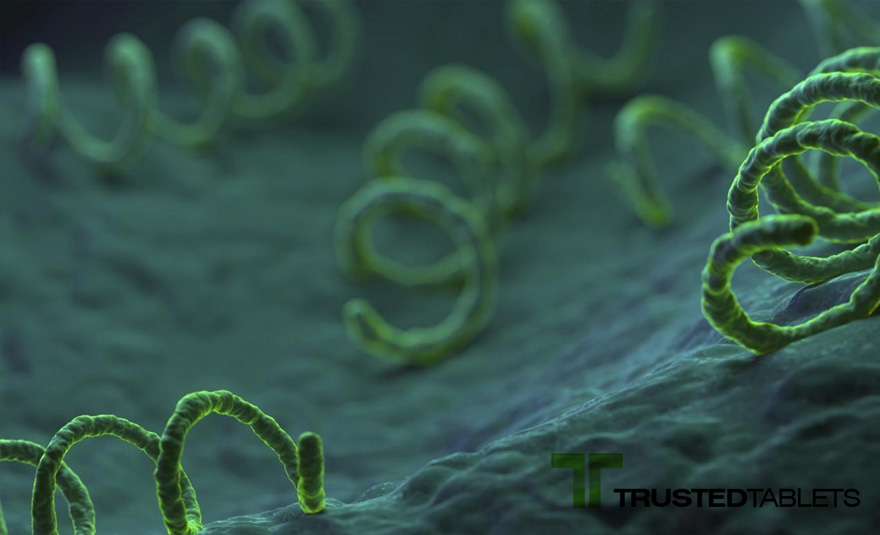Yaws disease is an infectious disease caused by Treponema pallidum subsp. pertenue. It is for this reason that in many medical textbooks the disease is called fart. It is still found under the names thymosis, tropical yam, tropical papilloma multiplex, parangi, bubba, and yam.
Dangerous bacteria were brought from Africa. It is also known to cause syphilis in humans in its primary form, treponema pallidum.
The infection affects the skin, bones and joints of humans and animals. It begins its clinical manifestation with a round formation on the skin, which undergoes tissue breakdown. In some cases, an ulcer can develop in the core of the wound surface, which is a prerequisite for the penetration of many other bacteria into the systemic circulation and, accordingly, the occurrence of many other infectious diseases, including the spontaneous development of sepsis.
The size of the wound is usually 2 to 5 centimeters in diameter. This specific skin infection usually heals within three to six months. However, the disease may recur after a few years. Then the bones and joints of the body are usually already affected, they become easily brittle, and the joints are weak. Recurrent skin wounds are also possible. The skin on the palms of the hands and feet can become rough and suddenly crack, forming large and bleeding skin sores.
The disease spreads most often by direct contact of the wound surface with the skin of a healthy person. Sexual transmission for this particular disease is possible but less commonly diagnosed in humans. Most often, the disease affects children, who very easily spread it among themselves during a joint game or during a long stay in a confined space – a nursery, kindergarten, school, etc.
What are the clinical stages of the disease? Within 90 days, but more often in less than a month, from the activity of the infection, a pathological papular growth appears on the surface of the skin, which is characterized by painlessness. Gradually, it increases and begins to give some specific symptoms – for example, irritation, itching, or just a “feeling” of something foreign. This is usually the first stage of the disease, which lasts for six months.
The second stage of the disease is recorded after a few months or years, while the clinical picture is especially characteristic. A massive deposition and growth of such skin wounds begins, which spread throughout the body. In the area of the palms and soles, extensive lesions with peeling are formed. Lesions in the secondary stage have a very high vulnerability factor, which makes them even more dangerous in terms of serious infection of the whole body with foreign microorganisms. They usually heal on their own within six months.
During the third stage of the disease, only 10% of people were able to escape without taking medication. Usually, at this stage, patients develop massive destructive changes in the skin, soft tissues, bones, and joints, which disrupt their overall structure and disable them. Most often, the bones of the nose are affected, which often leads to the development of crippling nasopharyngitis or gangosis.
The diagnostic plan takes into account the basic laboratory methods. Characteristic here, however, is that in a standard test for antibodies in a peripheral blood sample, the test has no authoritative value, since antibodies circulate in already treated and controlled patients, as well as in patients with active infection at the time of the test. . At the moment, it is believed that PCR – polymerase chain reaction and RPHA give the most reliable result with momentary infection activity.
According to infectious disease specialists, the intramuscular use of penicillin antibiotics remains the gold standard in the treatment of this type of infection to this day. Erythromycin and tetracycline, taken as tablets, are also famous for good results. A study by British specialists showed that the use of azithromycin was the highest. According to the study, only 0.8% of all tested patients did not achieve radical success in their treatment.


Leave a Reply